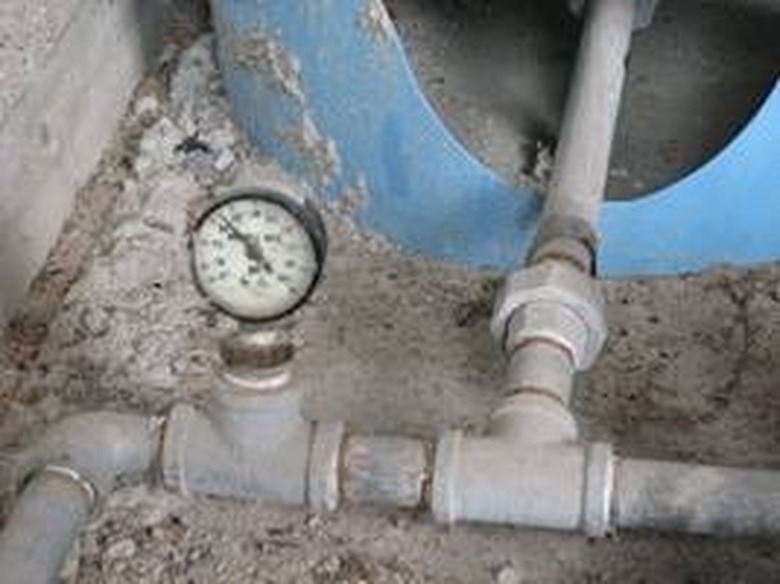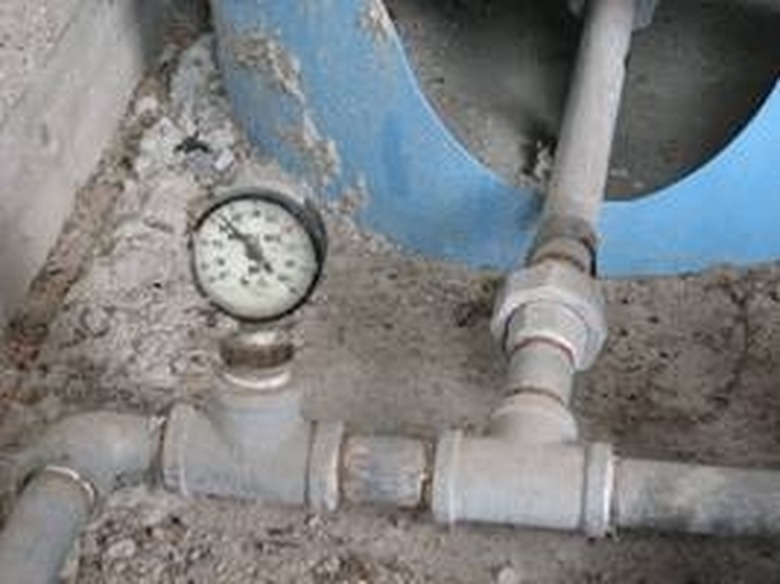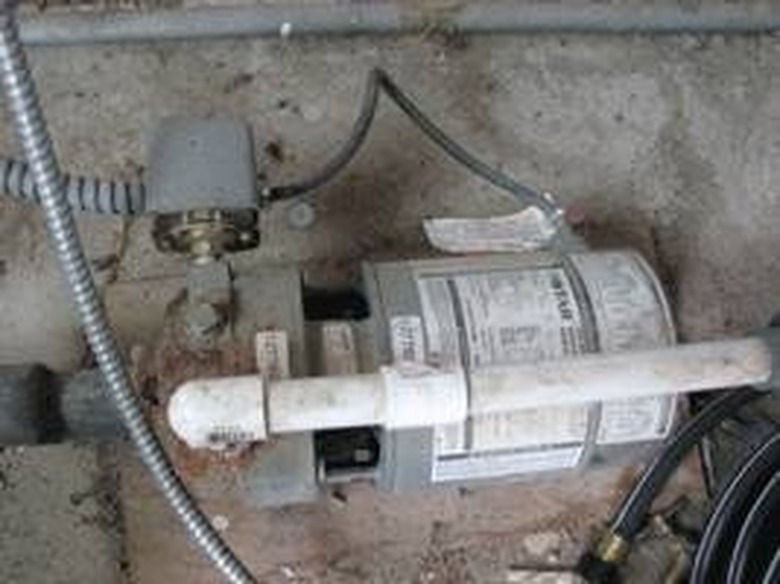How Does A Pressure Switch Work?
The Gauge
Without a pressure switch and gauge, the pump would run every time someone opened a water tap and dropped the water in the holding tank or pressure tank even a little. The pressure gauge in most residential systems is set to a maximum of 50 pounds per square inch (PSI) and a minimum of 30 (PSI). When the pressure in the tank drops to 30 PSI, the switch activates the pump in the well and allows more water to flow into the system. When the reading on the gauge reaches 50 PSI, the switch kicks off.
The Switch
The pressure switch is wired to the pump control box. It generally is grounded to one of the GND studs in the control box. Wires run from the L1 and L2 studs in the control box to terminals on the pressure switch (usually 2 and 3). The terminals at 1 and 4 connect to a fuse box or other power supply. The switch is usually also grounded to the fuse box ground bar.
Switch Operation
The switch is passive, requiring no manual operation by the owner. Water pressure does it all. When the pressure drops, the normally open contacts close, completing the electrical circuit and activating the pump. When the set pressure is reached, the contacts open again, turning off the pump.
Some switches in the water line work with a diaphragm pressing against a piston and spring inside the unit. The spring pressure is set by an adjustment screw. Sufficient pressure on the diaphragm keeps the switch "off." When the pressure drops, the switch activates.


